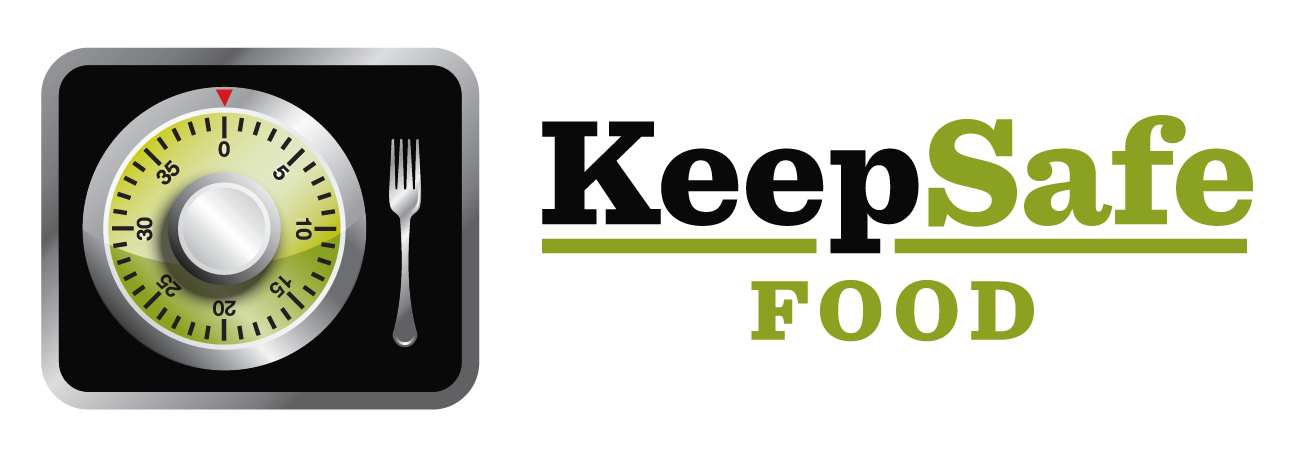Spoiled vs. Unsafe Food; What’s the Difference?
Most people think they’re the same, but they are not!
When you open your pantry door and notice a fuzzy half loaf of bread, reach into your vegetable bin and make contact with suspiciously slimy peppers, or catch a whiff opening a milk carton… don’t you wonder…is this safe to eat?
So often I am asked… “Can I just cut off the mold?” Well you could, but I’d throw this away! Wojtek-stock.adobe.com
How did that happen?
These changes are caused by bacteria that cause food spoilage. All food spoils eventually, but when and how depends on so many factors. Contrary to common belief and gut instinct, spoiled food, while it may be disgusting, is often harmless. I don’t recommend eating it, but if you decide to do so (Feeling risky today? Hate to unnecessarily waste food?) chances are, you’ll be A-OK.
What makes food unsafe?
Foods that become contaminated by unwashed hands or cooked at the wrong temperature or left sitting out too long, allow germs to multiply which can cause severe, life-threatening illness. You call it food poisoning. I call it foodborne illness (FBI). Unlike the bacteria that cause food spoilage, these pathogens, as I learned they’re called in microbiology class, are invisible to the eyes, nose, and taste buds. It only takes a tiny number of pathogens to multiply rapidly under the wrong conditions, to make you sick.
Don’t Let Germs Crash your Party
Why I don’t worry so much about spoiled food
I don’t angst nearly as much about spoiled food as I do about unsafe food. Why? Because rotten foods send so many signals warning you to think twice before tasting. Unsafe food sends no warning signs. It may look perfectly delicious but still result in an FBI. Food poisoning is more common than you think. According to the CDC, 1 in 6 people suffer from an episode each year.
How do I know if my food is unsafe to eat?
Well that’s the challenge. You never really do for sure. Unless you saved a sample and have a testing lab in your basement. FBI outbreaks are difficult even for Health Departments to diagnose.
The best approach is to practice prevention
· If you can’t recall how long leftovers have been in the fridge, toss them.
· If you noticed your neighbor using the same cutting board to prep burgers and chopped salad, choose someone else’s dish to eat at the Block Party
· If your friend made fun of you and responded with “what thermometer?” when you suggested using one to check the temp of the barbecued grilled chicken, find a way, discreetly or not, to microwave it until you are satisfied it’s 165°F. Then make a food thermometer your next host gift.
When in doubt, throw it out!
Food Safety Dietitian, Mary Angela Miller advises “Trust your instincts but be sensible and never rely solely on your senses, on more than how a food tastes or smells, when it comes to food safety. Instead, use your head. Think back: About those take-home leftovers, now when was it exactly that you went to that restaurant? Think ahead: Who is going to eat it? If it’s only a little over the edge, while you might be perfectly fine. Is it worth the risk that your child or aunt might get sick? I’m a big fan of fridge food labels, so I don’t have to think as hard. Just the date may be enough to prevent your net FBI. Need an extra reminder? Post a KeepSafe Food Magnet on your fridge to remind you when to toss.
Want more details? Michelle Jarvie published an excellent article on this topic at Extension/Michigan State.
And colleague Tobi Amidor answers your moldy food questions in this Today’s Dietitian Article.
Guest Blogger: Amber Lee, OSU Dietetic Intern




